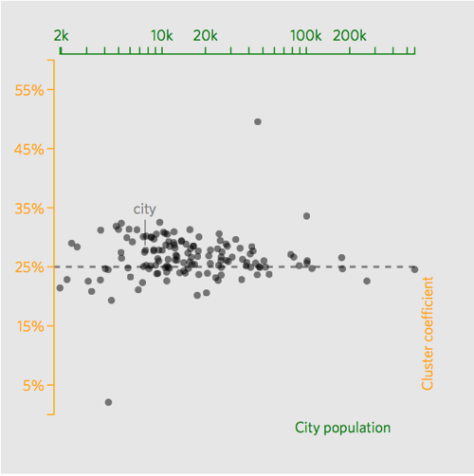
Advances in health IT must be viewed as a whole
[Via O’Reilly Radar]
Reformers in health care claim gigantic disruption on the horizon: devices that track our movements, new treatments through massive data crunching, fluid electronic records that reflect the patient’s status wherever she goes, and even the end of the doctor’s role. But predictions in the area of health IT are singularly detached from the realities of the technical environment that are supposed to make them happen.
To help technologists, clinicians, and the rest of us judge the state of health IT, I’ve released a report titled “The Information Technology Fix for Health: Barriers and Pathways to the Use of Information Technology for Better Health Care.” It offers an overview of each area of innovation to see what’s really happening and what we need to make it progress further and faster.
[More]
Health has always been intimately connected with technology, from removing the handle of a drinking well to a handheld ultrasound wand.
Dealing with human health is probably the most complex system of endeavor mankind us currently trying to solve. Old, authoritarian, top-down approaches are giving way to newer, distributed, bottom-up paradigms.
And new digital tools are driving this.
Often we can only solve health problems because of the technological tools we have access to.
But healthcare has been slow to activate the greatest impacts of the digital revolution – to connect people and communities in ways to solve very complex problems. Healthcare’s natural attraction to the status quo for many medical needs– after all, if a doctor makes a mistake, people can die – means that therapeutic benefit often has to be shown BEFORE anything changes.
Patient healthcare data and its mining does not easily fit this paradigm. Authoritarian approaches stemming from the medical edifice we all face still drives almost all our health concerns. So change is slow.
But it is coming. Faster than many of the authoritarian processes can deal with.
This has not stopped people from doing the mining themselves. From places like 23andme, patientslikeme to crowdfunding projects, individuals are now taking much greater control of their health data.
And finding out all sorts of interesting things.
Often without any form of mediator, because they can.
(It reminds me of the battle I was part of almost 20 years ago. We needed to connect to the internet because it was becoming critical in order to do our biomedical research. The IT department was very reluctant and stonewalled, due to fear of disrupting things. We simply said we could connect to the internet without needing them. Our IT needs had become decentralized , distributed, and we could simply dial-up without needing the IT department at all. So we did.)
Medicine is becoming a more distributed system, decentralizing access and the practice of medicine. It is, in many way, at right angles and in conflict with the authoritarian processes we find in medicine today.
This holds tremendous opportunity to revolutionize what we know about medicine. But with tremendously disruptive effects on the status quo.
There will be real battles here but the conflict between the old, authoritarian system and the new, distributed system will find a balance which eventually helps us all.
Because it has real benefits. And it cannot really be stopped anyway.











